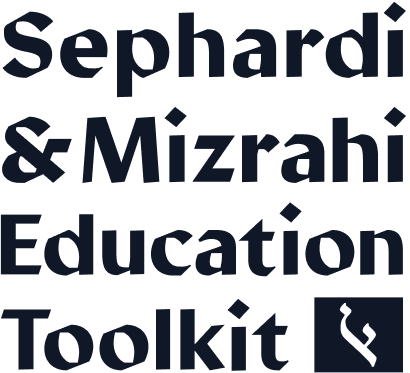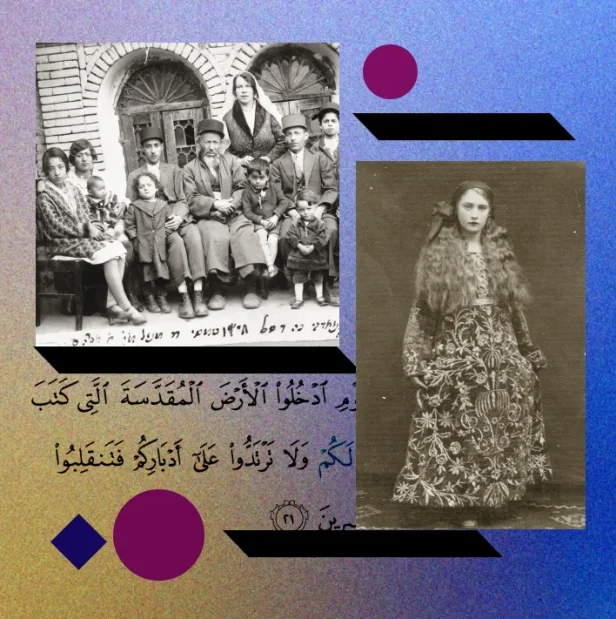Reflectively examine which communities or groups are represented among the lay leadership, and consider which populations do or do not have advocates on the leadership team. This self-audit allows for the school lay leadership to monitor itself to understand its own biases.
Seek out partners from the school’s Sephardi/Mizrahi community, and work together to raise funds for initiatives that are of benefit to the school’s Sephardi/Mizrahi students.
Inclusion initiatives and programs are more likely to get off the ground when specific community members take ownership of these initiatives. Someone with extensive interpersonal connections, and who knows how to respectfully balance the needs and interests of different groups, will be most effective in developing collaborations between the school and the broader community.
Organize lay leader trips to synagogues, community centers, and other sites of significance within your local Sephardi/Mizrahi communities. Meet with local Sephardi/Mizrahi rabbis and community leaders to better understand the needs of your neighboring groups. Plan events at the school that focus on bringing people from various sectors of the school community together, and facilitate activities and discussions that emphasize common goals.







